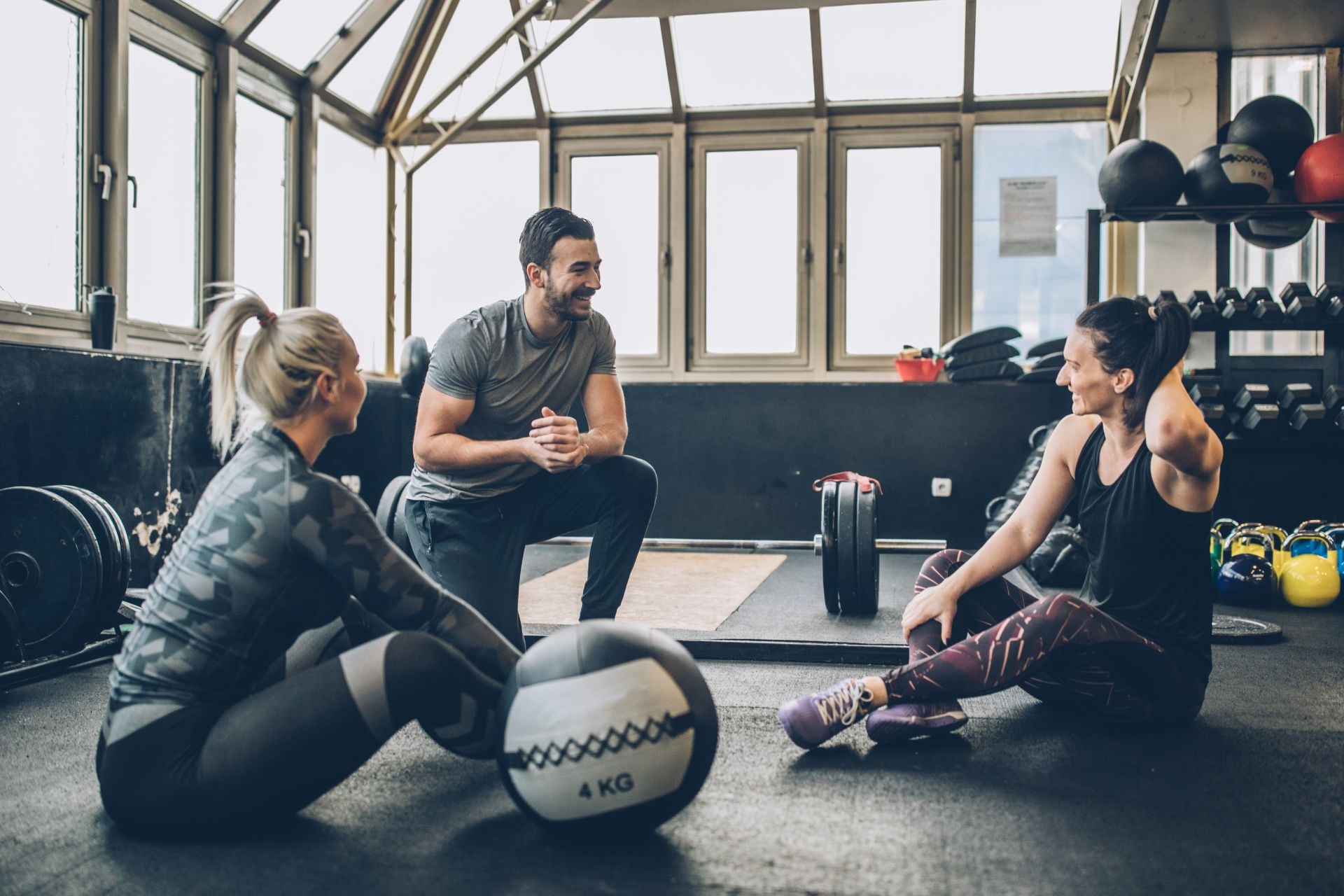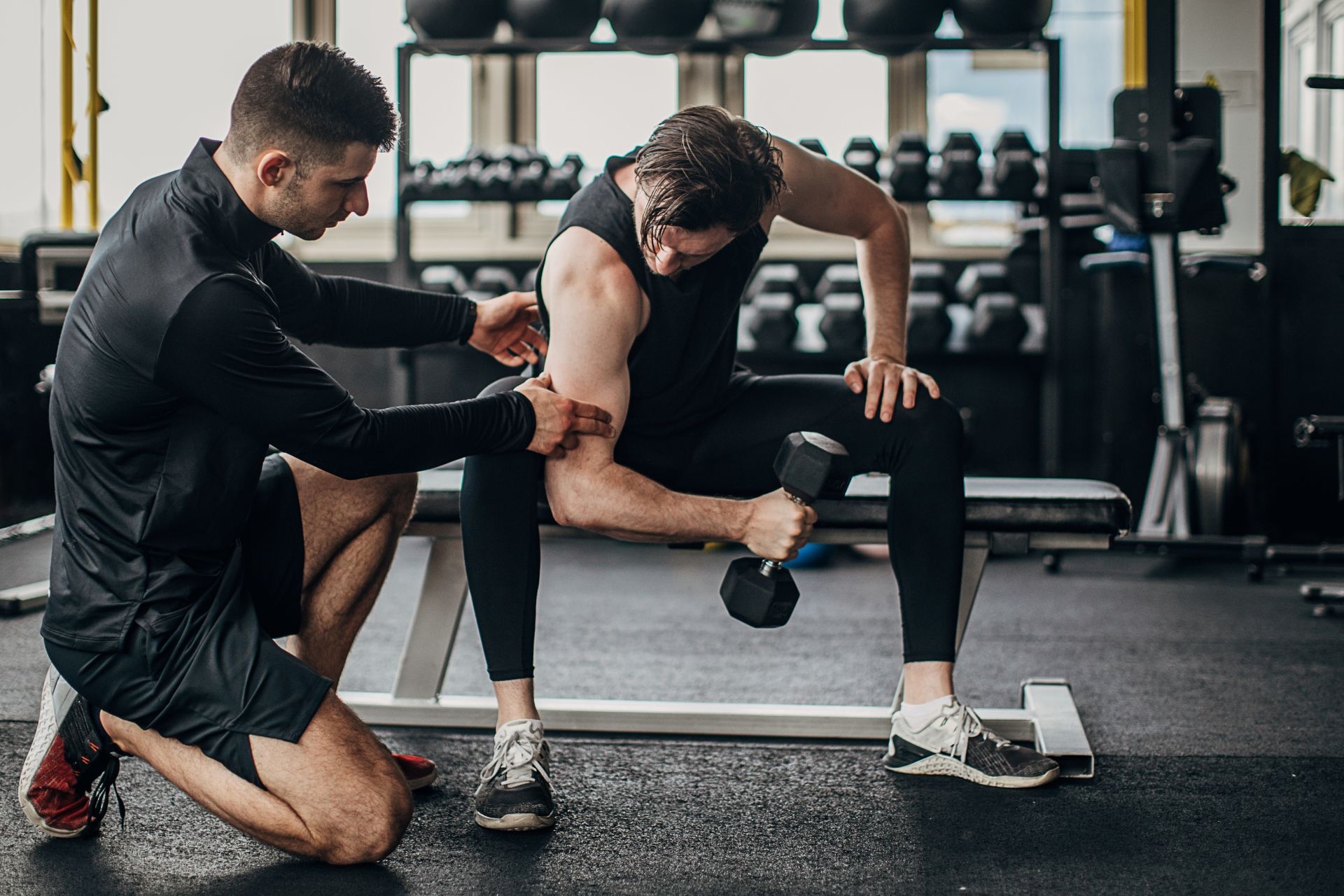Super Sets
What are the benefits of incorporating super sets into a workout routine?
Incorporating super sets into a workout routine offers several benefits. By performing exercises back-to-back with minimal rest in between, super sets help increase the intensity of a workout, leading to greater calorie burn and improved cardiovascular fitness. Additionally, super sets can save time in the gym by allowing individuals to work multiple muscle groups in a shorter period. This can be especially beneficial for those with busy schedules looking to maximize their time spent exercising.



